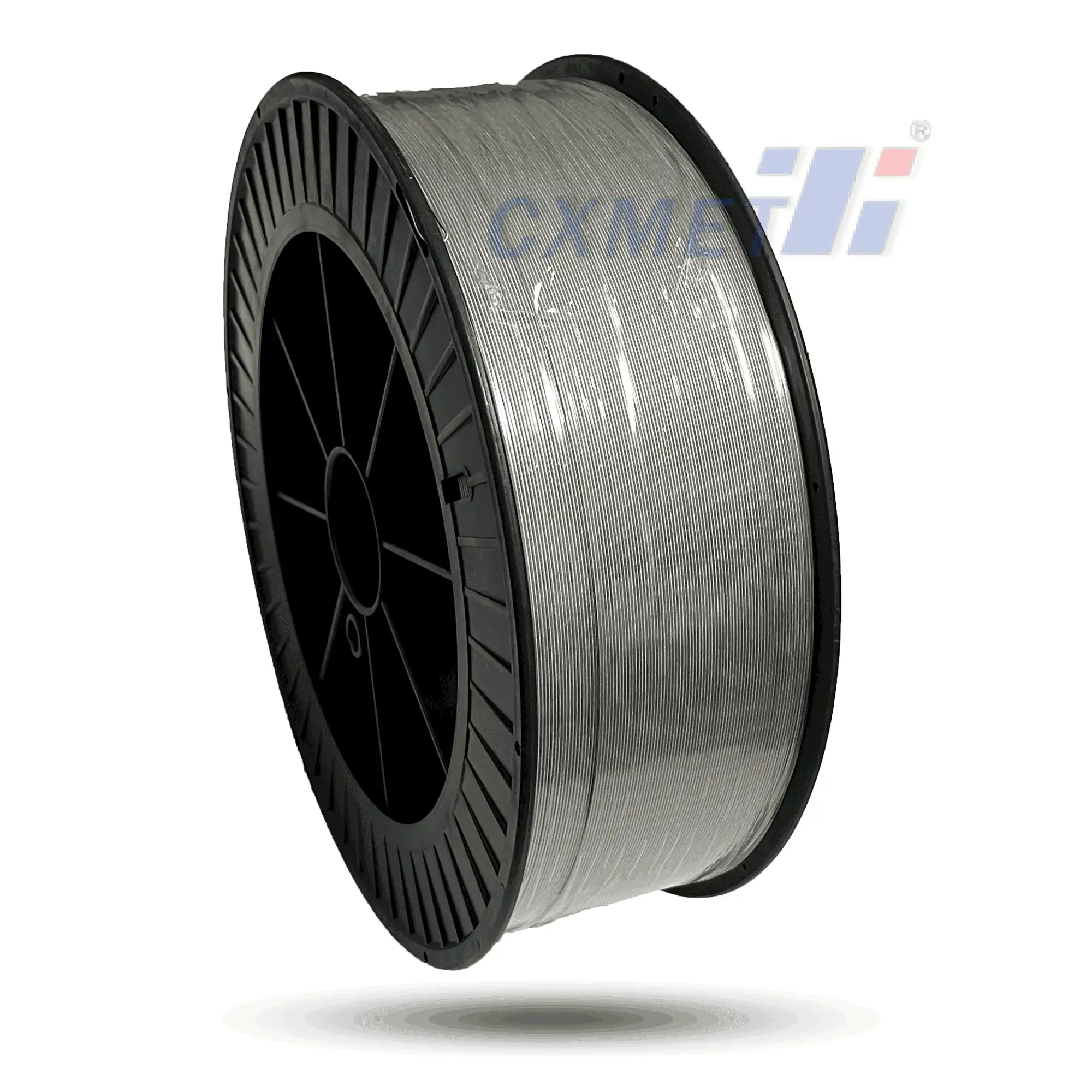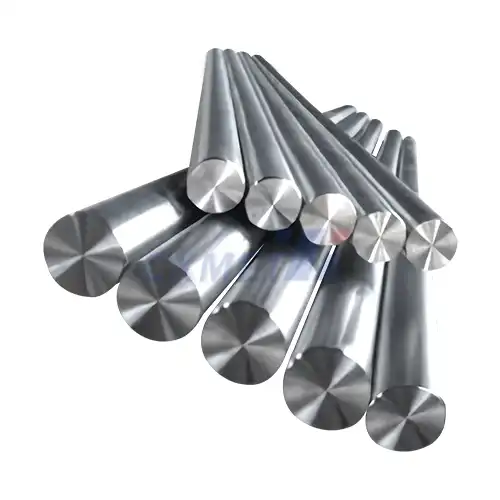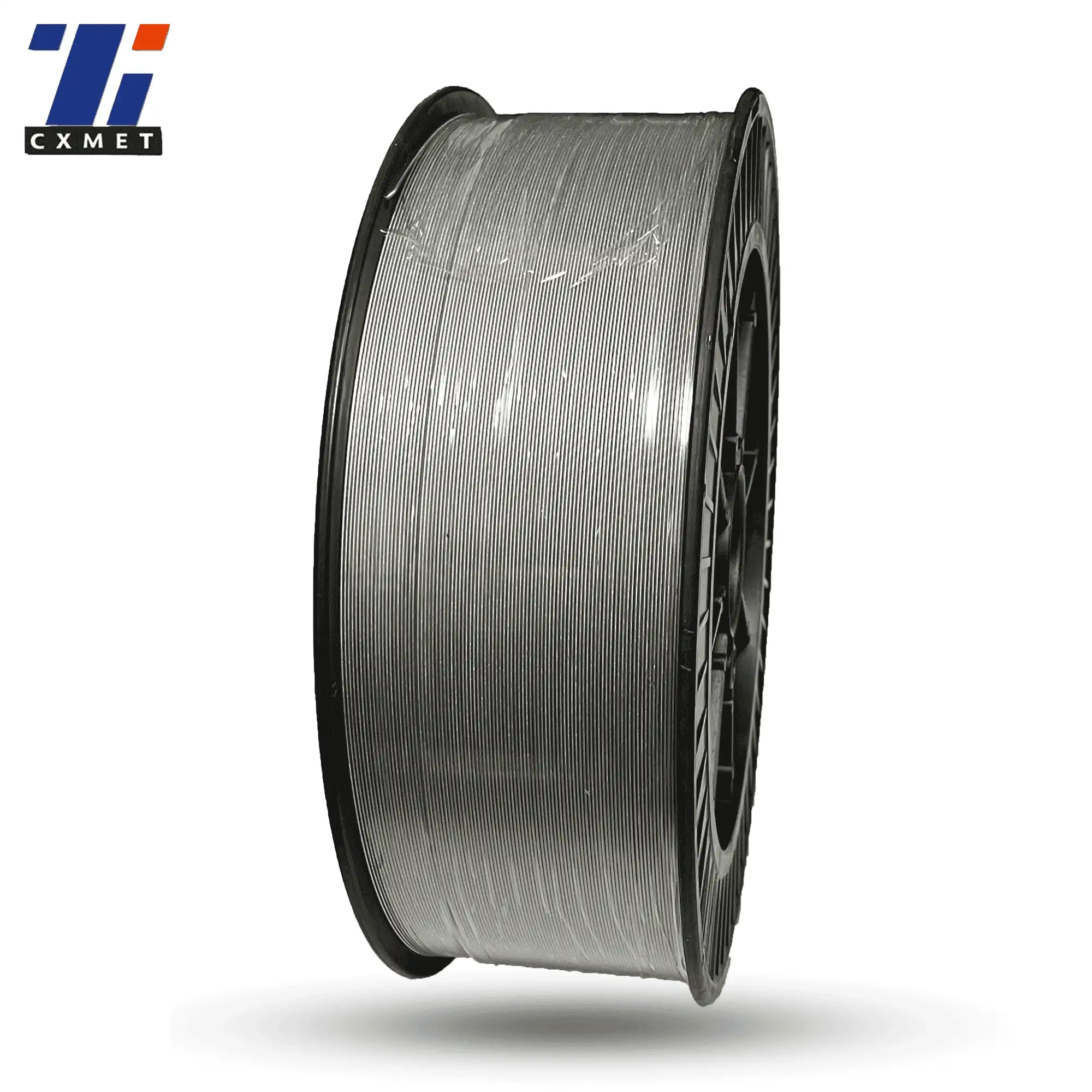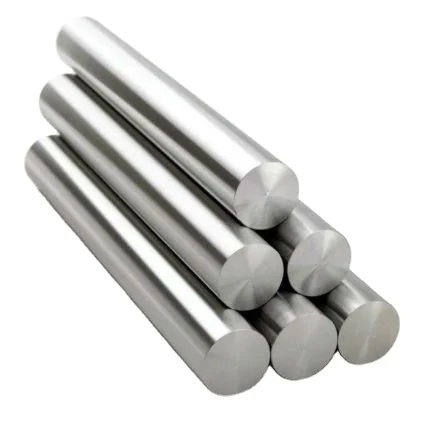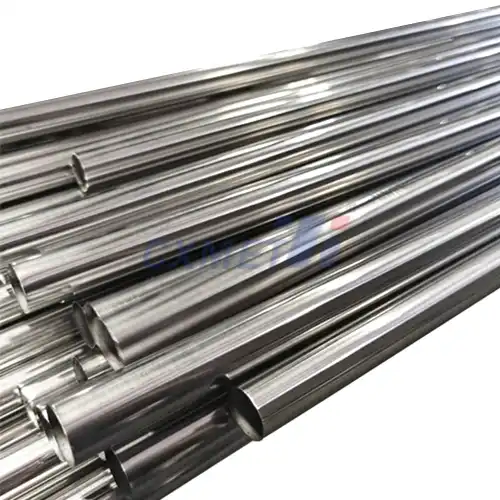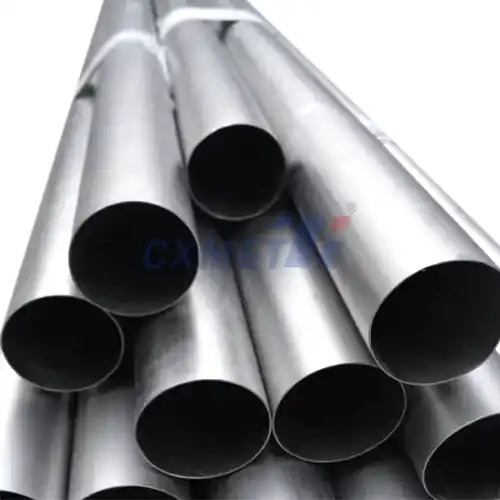How does Gr16 titanium wire compare to other titanium grades?
Gr16 titanium wire is a beta titanium alloy that offers superior properties compared to many other titanium grades. Here's a detailed comparison of Gr16 titanium wire with other common titanium grades:
- Strength: Gr16 titanium wire exhibits higher strength than commercially pure titanium grades (Gr1-Gr4) and many alpha-beta alloys like Gr5 (Ti-6Al-4V). It can achieve ultimate tensile strengths of up to 1380 MPa (200 ksi) in certain conditions, making it one of the strongest titanium alloys available.
- Ductility: Despite its high strength, Gr16 titanium wire maintains good ductility, with elongation values typically ranging from 10% to 15%. This combination of strength and ductility makes it ideal for applications requiring both high strength and formability.
- Corrosion resistance: Like other titanium alloys, Gr16 offers excellent corrosion resistance in various environments, including seawater, acids, and chlorides. Its corrosion resistance is comparable to or better than many other titanium grades, making it suitable for use in harsh environments.
- Heat treatability: As a beta titanium alloy, Gr16 can be heat-treated to achieve a wide range of mechanical properties. This allows for greater flexibility in tailoring its properties to specific application requirements compared to alpha or alpha-beta alloys.
- Biocompatibility: Gr16 titanium wire demonstrates excellent biocompatibility, making it suitable for medical implants and devices. Its biocompatibility is comparable to that of Gr5 (Ti-6Al-4V), which is widely used in the medical industry.
- Density: With a density of approximately 4.93 g/cm³, Gr16 titanium wire is slightly denser than commercially pure titanium (4.51 g/cm³) but still significantly lighter than steel or nickel-based alloys.
- Temperature resistance: Gr16 titanium wire maintains its strength at elevated temperatures better than many alpha and alpha-beta titanium alloys, making it suitable for high-temperature applications in aerospace and industrial settings.
Overall, Gr16 titanium wire offers a unique combination of high strength, good ductility, excellent corrosion resistance, and biocompatibility, making it a versatile material for various demanding applications across multiple industries.
What are the main applications of Gr16 titanium wire?
Gr16 titanium wire finds applications in numerous industries due to its exceptional properties. Here are some of the main applications of this versatile material:
- Aerospace industry: Gr16 titanium wire is extensively used in the aerospace sector for various components and fasteners. Its high strength-to-weight ratio makes it ideal for aircraft and spacecraft applications where weight reduction is crucial. Some specific uses include:
- Fasteners and bolts for aircraft structures
- Springs in landing gear systems
- Components in jet engines
- Structural elements in spacecraft
- Medical industry: The biocompatibility and high strength of Gr16 titanium wire make it an excellent choice for various medical applications, including:
- Orthopedic implants, such as bone screws and plates
- Dental implants and orthodontic wires
- Cardiovascular devices, like stents and heart valve components
- Surgical instruments and tools
- Automotive industry: Gr16 titanium wire is used in high-performance automotive applications where weight reduction and strength are critical factors:
- Suspension springs
- Valve springs in high-performance engines
- Fasteners and bolts in racing vehicles
- Exhaust system components
- Chemical and petrochemical industries: The excellent corrosion resistance of Gr16 titanium wire makes it suitable for use in harsh chemical environments:
- Heat exchangers and process equipment
- Pumps and valves in corrosive environments
- Offshore oil and gas equipment
- Sports and leisure: Gr16 titanium wire is used in various sporting goods and equipment due to its strength and lightweight properties:
- Golf club shafts and components
- Bicycle frames and components
- Tennis racket frames
- High-end eyeglass frames
- Marine applications: The corrosion resistance of Gr16 titanium wire makes it ideal for use in marine environments:
- Boat and ship fittings
- Underwater equipment and instruments
- Desalination plant components
- Industrial applications: Gr16 titanium wire is used in various industrial settings where high strength and corrosion resistance are required:
- Pressure vessels and tanks
- Industrial springs and fasteners
- Robotics and automation components
The versatility of Gr16 titanium wire allows it to be used in a wide range of applications across multiple industries. Its unique combination of properties, including high strength, low density, excellent corrosion resistance, and biocompatibility, make it an ideal choice for demanding environments and critical applications where performance and reliability are paramount.
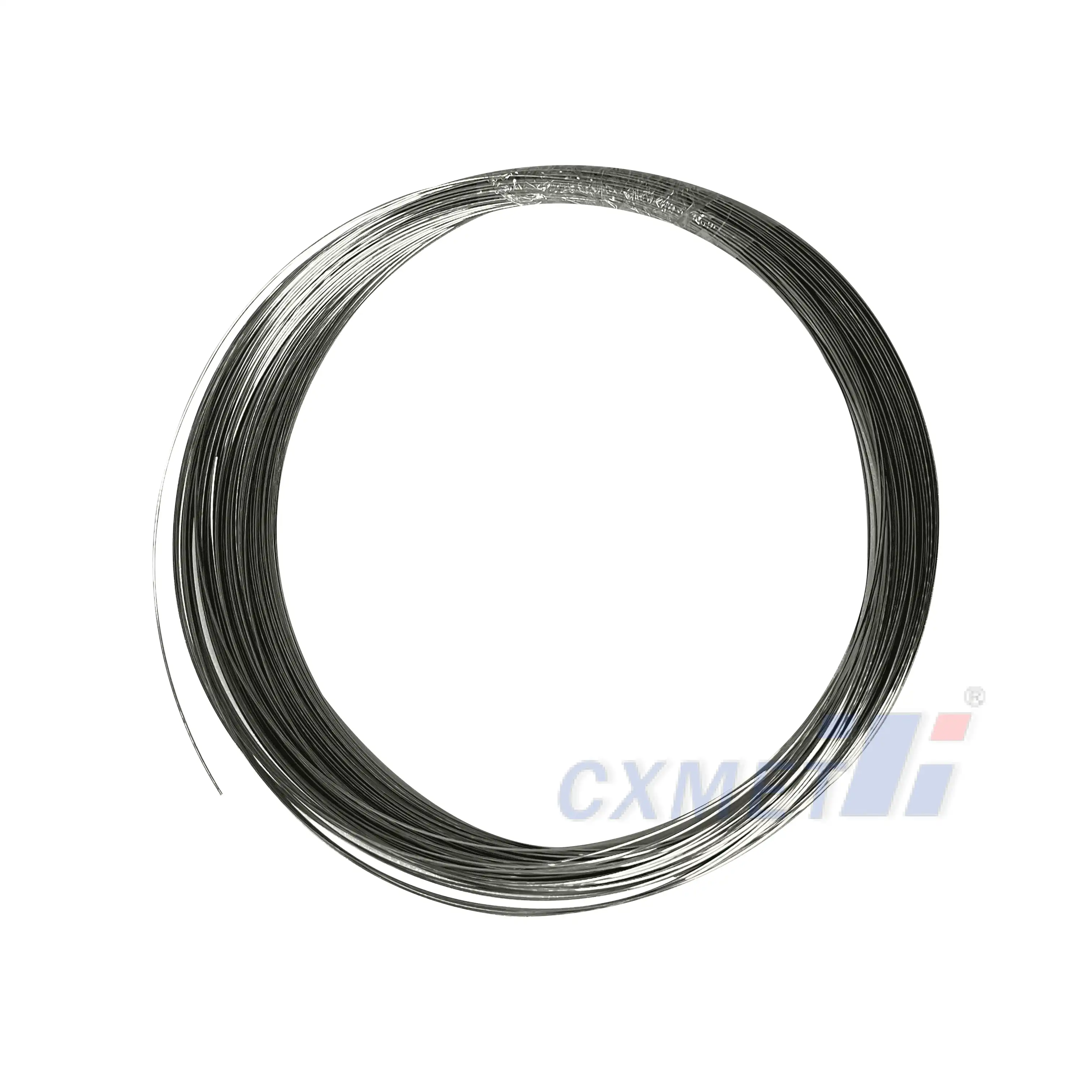
How is Gr16 titanium wire manufactured and processed?
The manufacturing and processing of Gr16 titanium wire involve several steps to ensure the material meets the required specifications and properties. Here's an overview of the typical manufacturing and processing methods:
- Raw material preparation: The process begins with the selection of high-purity titanium and alloying elements. For Gr16 titanium alloy, the primary alloying elements include molybdenum, zirconium, and tin.
- Melting and ingot formation: The raw materials are melted in a vacuum or inert atmosphere to prevent contamination. The most common melting methods for titanium alloys include:
- Vacuum Arc Remelting (VAR)
- Electron Beam Melting (EBM)
- Plasma Arc Melting (PAM)
- Primary processing: The ingots undergo primary processing to create intermediate forms suitable for further processing. This may include:
- Forging
- Rolling
- Extrusion
- Secondary processing: The intermediate forms are then subjected to secondary processing to create wire. This typically involves:
- Hot working: The material is heated and drawn through progressively smaller dies to reduce its diameter.
- Cold working: Further reduction in diameter is achieved through cold drawing, which also increases the material's strength.
- Heat treatment: Gr16 titanium wire may undergo various heat treatments to achieve the desired mechanical properties. Common heat treatments include:
- Solution treatment: Heating the wire to a high temperature and then rapidly cooling it to create a supersaturated solid solution.
- Aging: Heating the wire to a lower temperature for a specific time to allow controlled precipitation of strengthening phases.
- Surface treatment: Depending on the application, the wire may undergo surface treatments to enhance its properties or appearance:
- Anodizing: Creating a protective oxide layer on the surface
- Passivation: Enhancing the natural oxide layer for improved corrosion resistance
- Coating: Applying specialized coatings for specific applications
- Quality control and testing: Throughout the manufacturing process, rigorous quality control measures are implemented to ensure the wire meets the required specifications. This includes:
- Chemical composition analysis
- Mechanical property testing (tensile strength, yield strength, elongation)
- Microstructure analysis
- Dimensional checks
- Surface quality inspection
- Packaging and handling: The finished Gr16 titanium wire is carefully packaged to protect it from damage and contamination during storage and transportation.
The manufacturing and processing of Gr16 titanium wire require specialized equipment and expertise due to the material's high strength and reactivity. Strict process controls are necessary to ensure consistent quality and properties. Additionally, the specific processing parameters may be adjusted based on the desired final properties and intended application of the wire.
It's worth noting that the production of Gr16 titanium wire often involves proprietary processes developed by individual manufacturers to optimize the material's properties for specific applications. These processes may include variations in melting techniques, thermomechanical processing, and heat treatment schedules to achieve the desired combination of strength, ductility, and other properties.
In conclusion, Gr16 titanium wire is a high-performance material with exceptional properties that make it suitable for a wide range of demanding applications. Its unique combination of high strength, low density, excellent corrosion resistance, and biocompatibility sets it apart from other materials and enables its use in critical components across various industries. The careful manufacturing and processing of Gr16 titanium wire ensure that it meets the stringent requirements of aerospace, medical, and industrial applications, making it a valuable material in modern engineering and technology.
At SHAANXI CXMET TECHNOLOGY CO., LTD, we take pride in our extensive product range, which caters to diverse customer needs. Our company is equipped with outstanding production and processing capabilities, ensuring the high quality and precision of our products. We are committed to innovation and continuously strive to develop new products, keeping us at the forefront of our industry. With leading technological development capabilities, we are able to adapt and evolve in a rapidly changing market. Furthermore, we offer customized solutions to meet the specific requirements of our clients. If you are interested in our products or wish to learn more about the intricate details of our offerings, please do not hesitate to contact us at sales@cxmet.com. Our team is always ready to assist you.
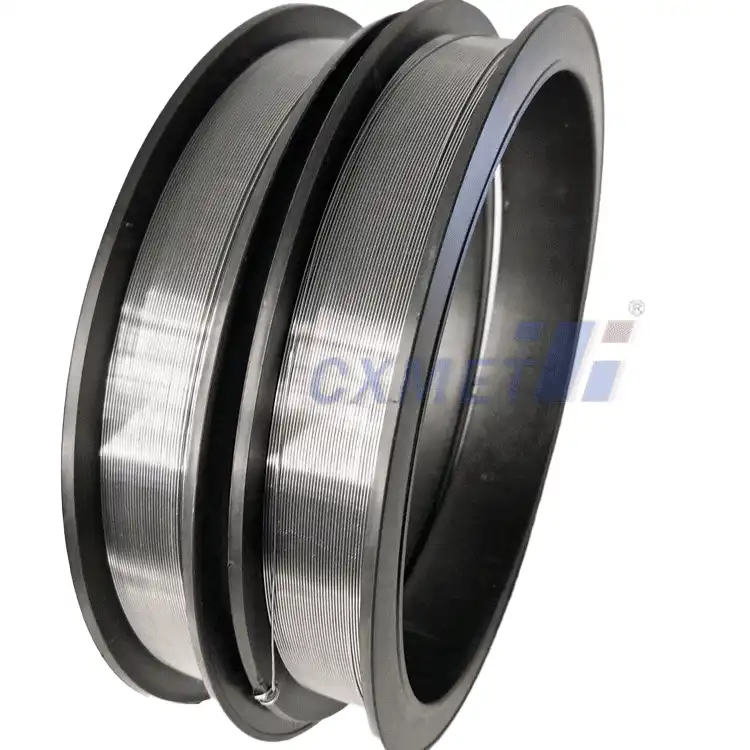
References
- ASM International. (2015). ASM Handbook, Volume 2: Properties and Selection: Nonferrous Alloys and Special-Purpose Materials.
- Lutjering, G., & Williams, J. C. (2007). Titanium (2nd ed.). Springer-Verlag Berlin Heidelberg.
- Leyens, C., & Peters, M. (Eds.). (2003). Titanium and Titanium Alloys: Fundamentals and Applications. Wiley-VCH.
- Boyer, R., Welsch, G., & Collings, E. W. (Eds.). (1994). Materials Properties Handbook: Titanium Alloys. ASM International.
- Donachie, M. J. (2000). Titanium: A Technical Guide (2nd ed.). ASM International.
- Peters, M., Kumpfert, J., Ward, C. H., & Leyens, C. (2003). Titanium Alloys for Aerospace Applications. Advanced Engineering Materials, 5(6), 419-427.
- Niinomi, M. (2008). Mechanical biocompatibilities of titanium alloys for biomedical applications. Journal of the Mechanical Behavior of Biomedical Materials, 1(1), 30-42.
- Rack, H. J., & Qazi, J. I. (2006). Titanium alloys for biomedical applications. Materials Science and Engineering: C, 26(8), 1269-1277.
- Banerjee, D., & Williams, J. C. (2013). Perspectives on Titanium Science and Technology. Acta Materialia, 61(3), 844-879.
- Froes, F. H. (Ed.). (2015). Titanium: Physical Metallurgy, Processing, and Applications. ASM International.
